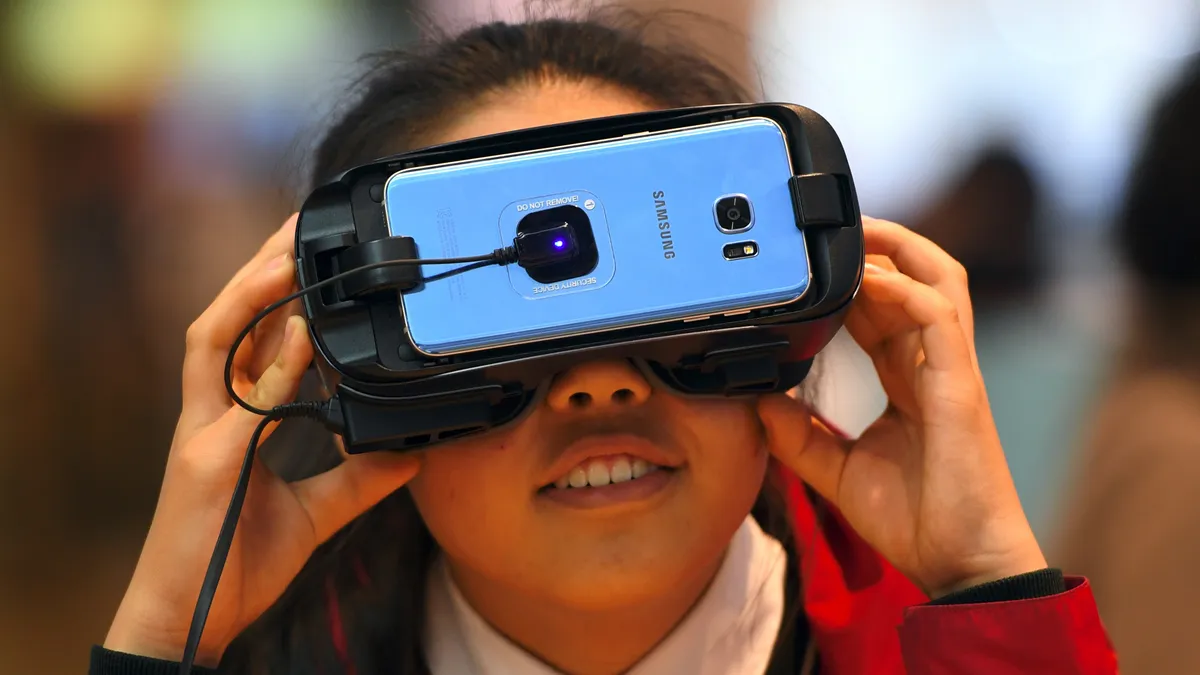Dive Brief:
- By 2021, augmented reality (AR) and virtual reality (VR) spending will increase from 2017's $11.4 billion to $215 billion, according to the International Data Corporation (IDC). The U.S. currently spends the most on AR/VR applications with $3.2 billion spent in 2017.
- Companies like VMware, Intel, Apple have announced developments in wearables. Google Glass and Microsoft's HoloLens have already entered the AR/VR domain with wearable solutions for the enterprise.
- While popular in the consumer market as the current major supporter of AR/VR revenue, retail and education, followed by manufacturing, construction, and professional services are foreseen as the next major enterprise revenue contributors, according to IDC.
Dive Insight:
AR and VR are meant to be an extension of natural sight. AR adds technology to a user's point of view while VR replaces it entirely with a virtually designed landscape. The additions to natural sight have aided various industries in progressing skills and projects.
Despite the original failure of Google Glass, companies like VMware and Intel are still full steam ahead in creating wearable glasses for the enterprise. The purpose is to create hands-free assistance in performing manual duties while providing the data needed to execute them.
The projected increase in spending forecasts companies’ willingness to provide employees with more handsfree, IoT devices. AR/VR helmets are finding a home in the construction industry, with AR developer, DAQRI, but is also creating a helmet designed to streamline HR training requirements.
Dependent upon the user experience, AR/VR devices are only as useful as the user makes them. The challenge remains in how an industry or enterprise chooses to safely implement the technology.
However, adding AR/VR is yet another application that must be incorporated into a company's technological infrastructure. This may include additional IT support, software, data storage, and working knowledge of the device for safe employee use. But keep in mind, as a part of the IoT, AR/VR devices must include abilities to encrypt sensitive data for sharing as cybersecurity is an issue.













